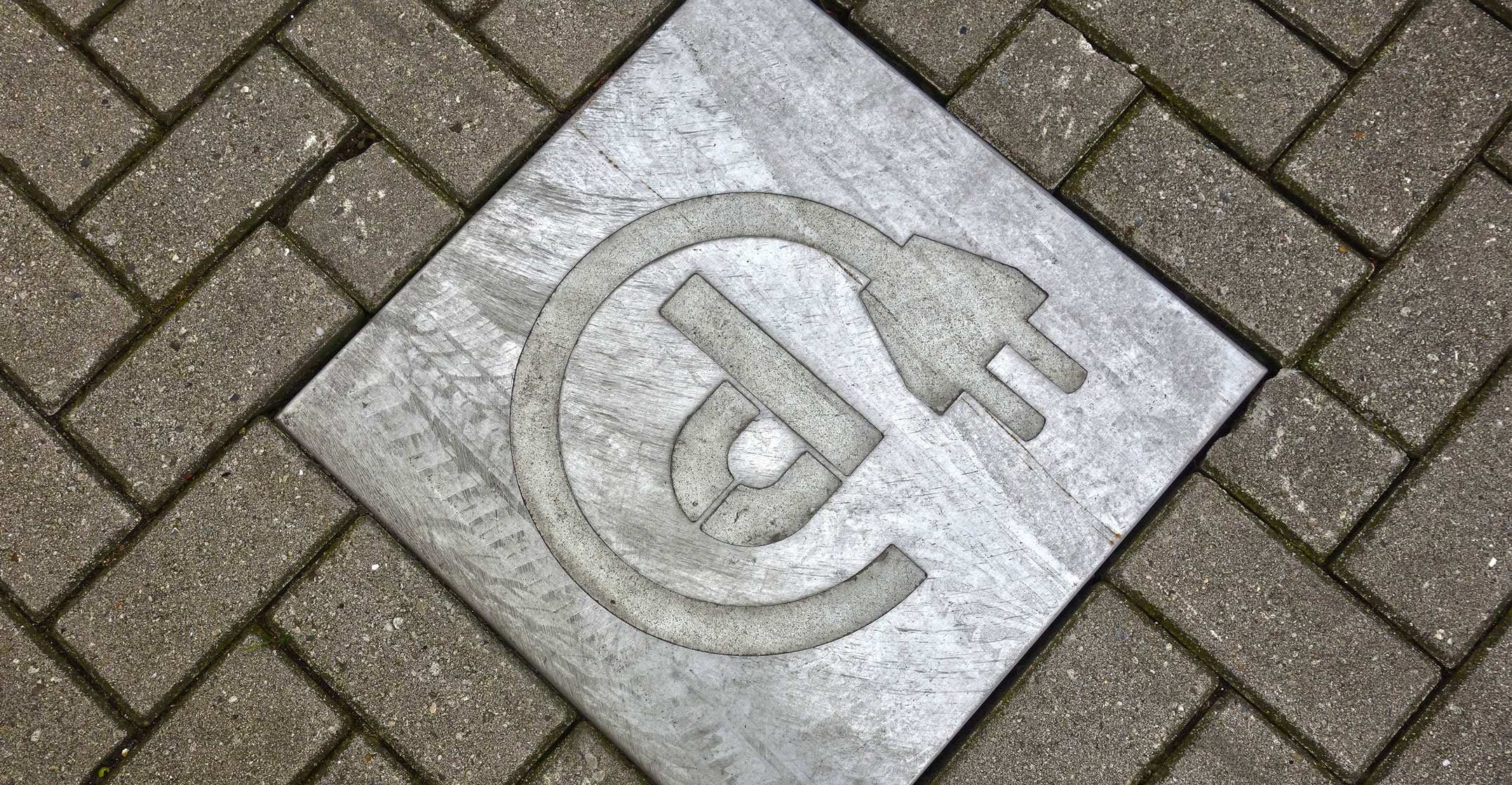
New homes built in the UK will soon be required to have charge points for electric vehicles, according to the government’s Road to Zero report released Monday.
“It is our intention that all new homes, where appropriate, should have a charge point available,” it said. “We plan to consult as soon as possible on introducing a requirement for charge point infrastructure for new dwellings in England.”
The UK will also boost investment in electric car infrastructure, including a £400-million fund for companies that produce and install charging points, as it seeks to encourage consumers to move away from carbon-polluting vehicles.
A lack of charging points is seen as one of the main impediments to the mass adoption of electric cars, which are unable to travel as far as conventionally fuelled vehicles. While petrol prices have surged this year, the UK treasury is growing increasingly concerned about the public health cost of air pollution and is considering the first boost in vehicle fuel duties in eight years.
New street lighting columns also will be required to have charging points in areas with on-street parking and a £40-million programme will be introduced to test low-cost wireless charging technology, in other measures unveiled by transport secretary Chris Grayling. The proposals are part of the government’s push to end the sale of new cars and vans fuelled by petrol and diesel by 2040.
“The prize is not just a cleaner and healthier environment but a UK economy fit for the future and the chance to win a substantial slice of a market estimated to be worth up to £7.6-trillion by 2050,” Grayling will say in a speech to mark the government’s Road to Zero strategy.
The government will also take powers through the Automated and Electric Vehicles Bill to ensure that charging points are available at freeway service stations and large petrol retailers, according to a statement. A consultation on ensuring new houses built in England are electric vehicle ready will also begin as soon as possible, it said. — Reported by John Ainger and Anna Hirtenstein, (c) 2018 Bloomberg LP

